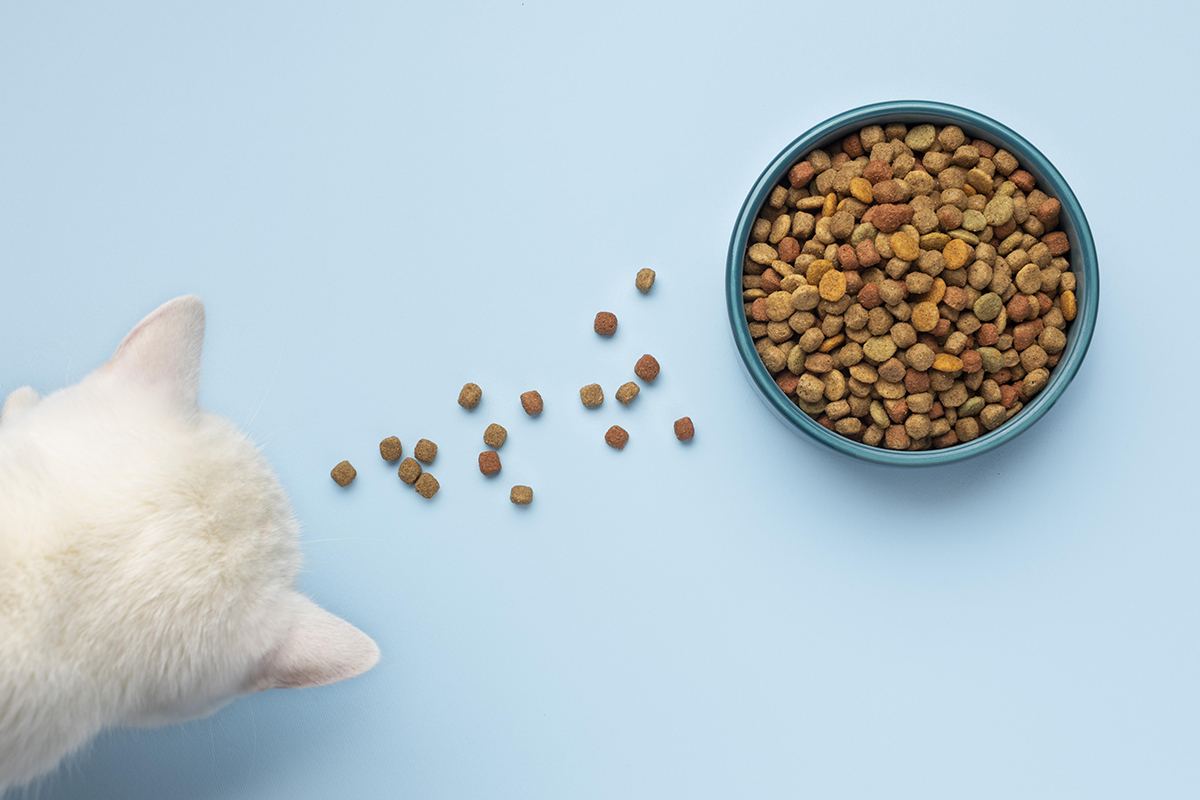The trend of feeding pets raw meat, often promoted as a return to ancestral diets, has gained significant traction among affluent pet owners globally. However, this rising fad poses serious health risks, not just for pets but also for their human companions.
Raw pet diets, which include duck necks, rabbit hearts and turkey liver, are marketed with purported health benefits. Yet, health authorities around the world are increasingly sounding alarms about the dangers associated with this practice. Numerous studies and reports highlight the prevalence of harmful bacteria such as Salmonella, E. coli and Listeria in raw pet food. These pathogens may lead to severe illnesses in pets, as well as people who handle contaminated food.
Recent incidents underscore these dangers. In the United States, at least three cats died after consuming raw foods contaminated with avian influenza. The U.S. Food and Drug Administration (FDA) has documented that raw pet foods are significantly more likely to harbor disease-causing bacteria. Since 2018, the FDA has issued numerous recalls due to contamination in raw pet foods, including a recent recall by Viva Raw LLC over potential Listeria contamination in turkey and beef products.
This issue is not confined to the U.S., similar concerns arise globally. Reports from Europe and Australia have indicated rising cases of foodborne illnesses linked to raw pet diets. In the UK, the Veterinary Record has noted increasing hospitalizations related to infections from handling raw pet food.
As pet ownership trends toward more natural feeding practices, it is crucial for owners to weigh the potential risks. While the allure of raw diets may be strong, the evidence suggests that these practices lead to devastating health issues. Pet owners should prioritize safety and consult with veterinarians to ensure their furry friends receive balanced and safe nutrition.
